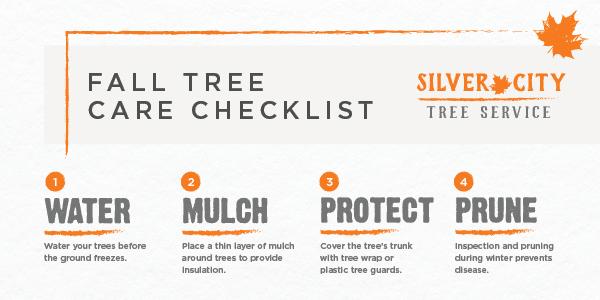Post-Tree Removal Upkeep Is Important For Restoring Your Landscape; Find Out Key Actions To Rejuvenate Your Location And Prevent Potential Troubles
Post-Tree Removal Upkeep Is Important For Restoring Your Landscape; Find Out Key Actions To Rejuvenate Your Location And Prevent Potential Troubles
Blog Article
Staff Author-Berman Massey
After a tree's elimination, your landscape may look fairly different, and it's vital to assess the aftermath very carefully. You'll want to evaluate the dirt disturbance and inspect surrounding plants for any indications of stress. Neglecting these aspects can bring about larger troubles down the line. So, what should you make with those stumps and roots? And just how do you choose the very best plants for your rejuvenated space? Allow's explore these crucial actions.
Analyzing the Aftermath: Assessing Your Landscape
After a tree removal, it's critical to analyze your landscape to understand the impact it has on your lawn.
Start by taking a look at the area where the tree stood. Search for indicators of soil disturbance, and check the surrounding plants for any tension or damage.
How To Prune Meyer Lemon Tree ought to also remember of just how the removal has transformed sunlight exposure and air movement in your garden. This shift can affect the development of neighboring plants, so it's necessary to examine their wellness.
Think about the aesthetic aspects too; the elimination might develop an open space that you can upgrade.
Finally, think about How Do I Prune A Mesquite Tree of prospective erosion issues that might arise from the tree's lack. Attending to these aspects early will aid recover equilibrium to your landscape.
Handling Stumps and Roots: Choices for Removal
As soon as you have actually examined the results of the tree elimination, you'll likely require to take on the stump and origins left.
You have a few options for elimination. One reliable method is stump grinding, where an expert utilizes a maker to grind the stump to underground degree. This approach leaves minimal disruption to your landscape.
If you like a do it yourself approach, you can use a mix of digging and chemical stump cleaners. Just bear in mind, this process can take time and effort.
Alternatively, take into consideration leaving the stump as an all-natural function, which can serve as an unique garden element or environment for wild animals.
Whatever you choose, resolving the stump and roots is important for recovering your landscape.
Choosing the Right Plant Kingdoms for Your New Space
As you evaluate your freshly removed space, selecting the right plants can significantly enhance your landscape's appeal and functionality.
Begin by taking into consideration the sunshine and dirt problems. For sunny areas, opt for drought-resistant plants like lavender or succulents. In shaded spots, ferns and hostas prosper well.
Think about the size and growth routines of your plants; mix perennials and annuals for seasonal range. Don't fail to remember to integrate native species; they call for much less maintenance and support neighborhood wild animals.
Group plants in strange numbers for an extra all-natural look and develop layers for visual deepness.
Ultimately, ensure you have a mix of shades and appearances to maintain your landscape vibrant throughout the seasons.
Delighted relevant web site !
Conclusion
To conclude, recovering your landscape after tree removal is a fulfilling process. By evaluating the consequences, dealing with stumps and roots, and picking the right plants, you'll produce a flourishing atmosphere. Don't neglect to integrate erosion control actions to shield your dirt. With a little initiative and care, you can change your area into a vivid garden that enhances your building. Accept the opportunity to rejuvenate your landscape and appreciate the beauty of nature right in your backyard!
